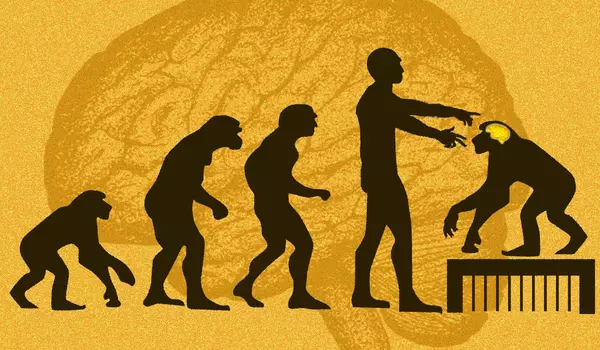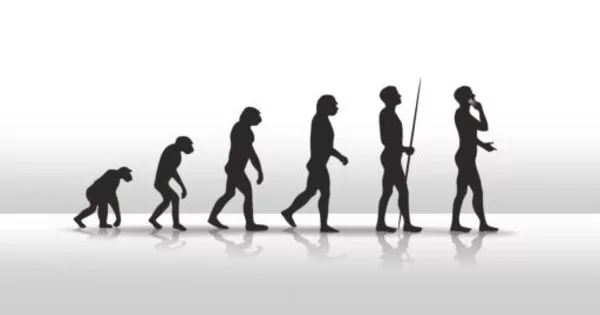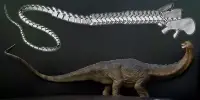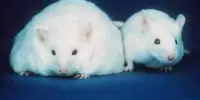The study of the genomes of our closest relatives, the Neanderthals and Denisovans, has opened up new research avenues that can broaden our understanding of Homo sapiens’ evolutionary history. A study led by the University of Barcelona estimated the time when some of the genetic variants that distinguish our species first appeared. It does so by examining mutations that are common in modern human populations but not in these other archaic human species.
The findings, published in the journal Scientific Reports, show two periods in which mutations accumulated: one around 40,000 years ago, associated with the expansion of the Homo sapiens population and its departure from Africa, and an older one, more than 100,000 years ago, associated with the greatest diversity of Homo sapiens types in Africa.
“Our understanding of our species’ deep history is rapidly expanding. However, determining when the genetic variants that distinguish us from other human species first appeared is difficult. We plotted species-specific variants on a timeline in this study. We have discovered how these variants accumulate over time, reflecting events such as the point of divergence between Homo sapiens and other human species around 100,000 years ago,” says Alejandro Andirkó, first author of this article, which was part of his doctoral thesis at the UB.
Our results offer a picture of how our genetics changed, which fits this idea, as we found no evidence of evolutionary changes that depended on one or a several key mutations.
Alejandro Andirkó
The study, led by Cedric Boeckx, ICREA research professor in the section of General Linguistics and member of the Institute of Complex Systems of the UB (UBICS), included the participation of Juan Moriano, UB researcher, Alessandro Vitriolo and Giuseppe Testa, experts from the University of Milan and the European Institute of Oncology, and Martin Kuhlwilm, researcher at the University of Vienna.
Predominance of behavioural and facial-related variations
The results of the research study also show differences between evolutionary periods. Specifically, they highlight the predominance of genetic variants related to behaviour and facial structure — key characteristics in the differentiation of our species from other human species — more than 300,000 years ago, a date that coincides with the available fossil and archaeological evidence. “We have discovered sets of genetic variants which affect the evolution of the face and which we have dated between 300,000 and 500,000 years ago, the period just prior to the dating of the earliest fossils of our species, such as the ones discovered at the Jebel Irhoud archaeological site in Morocco,” notes Andirkó.
The researchers also analysed variants related to the brain, the organ that can best help explain key features of the rich repertoire of behaviours associated with Homo sapiens. Specifically, they dated variants which medical studies conducted in present-day humans have linked to the volume of the cerebellum, corpus callosum and other structures. “We found that brain tissues have a particular genomic expression profile at different times in our history; that is, certain genes related to neural development were more highly expressed at certain times,” says the researcher.

Supporting the mosaic nature of the evolution of Homo sapiens
These results complement an idea that is dominant in evolutionary anthropology: that there is no linear history of human species, but that different branches of our evolutionary tree coexisted and often intersected. “The breadth of the range of human diversity in the past has surprised anthropologists. Even within Homo sapiens there are fossils, such as the ones I mentioned earlier from Jebel Irhoud, which, because of their features, were thought to belong to another species. That’s why we say that human beings have lived a mosaic evolution,” he notes.
“Our results,” the researcher continues, “offer a picture of how our genetics changed, which fits this idea, as we found no evidence of evolutionary changes that depended on one or a several key mutations,” he says.
Application of machine learning techniques
The methodology used in the study was based on a method developed by researchers at the University of Oxford called Genealogical Estimation of Variant Age. Once they had this estimate, they used a machine learning tool to predict which genes had changed the most during specific time periods and which tissues these genes might have impacted. They used ExPecto, a deep learning tool that predicts gene expression levels and function from a DNA sequence using a convolutional network, a type of computational model.
“Since there are no data on the genomic expression of variants in the past, this tool is an approach to a problem that has not been addressed until now. Although the use of machine learning prediction is increasingly common in the clinical world, as far as we know, nobody has tried to predict the consequences of genomic changes over time,” notes Andirkó.
The importance of the perinatal phase in the brain development of our species
In a previous study, the same UB team, along with researcher Raül Gómez Buisán, used genomic data from archaic humans. In that study, they looked at genomic deserts, areas of our species’ genome where there are no genetic fragments of Neanderthals or Denisovans, and which have also been subjected to positive pressure in our species, meaning they have accumulated more mutations than would be expected by neutral evolution.
The researchers studied the expression of genes found in desert regions throughout brain development, from prenatal to adult stages, covering sixteen brain structures. The findings revealed differences in gene expression in the cerebellum, striatum, and thalamus. “These results bring into focus the relevance of brain structures beyond the neocortex, which has traditionally dominated research on the evolution of the human brain,” says Juan Moriano.















